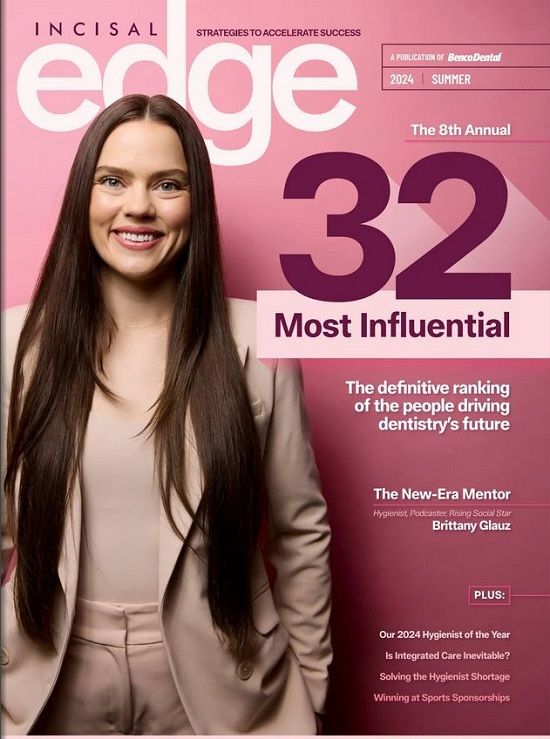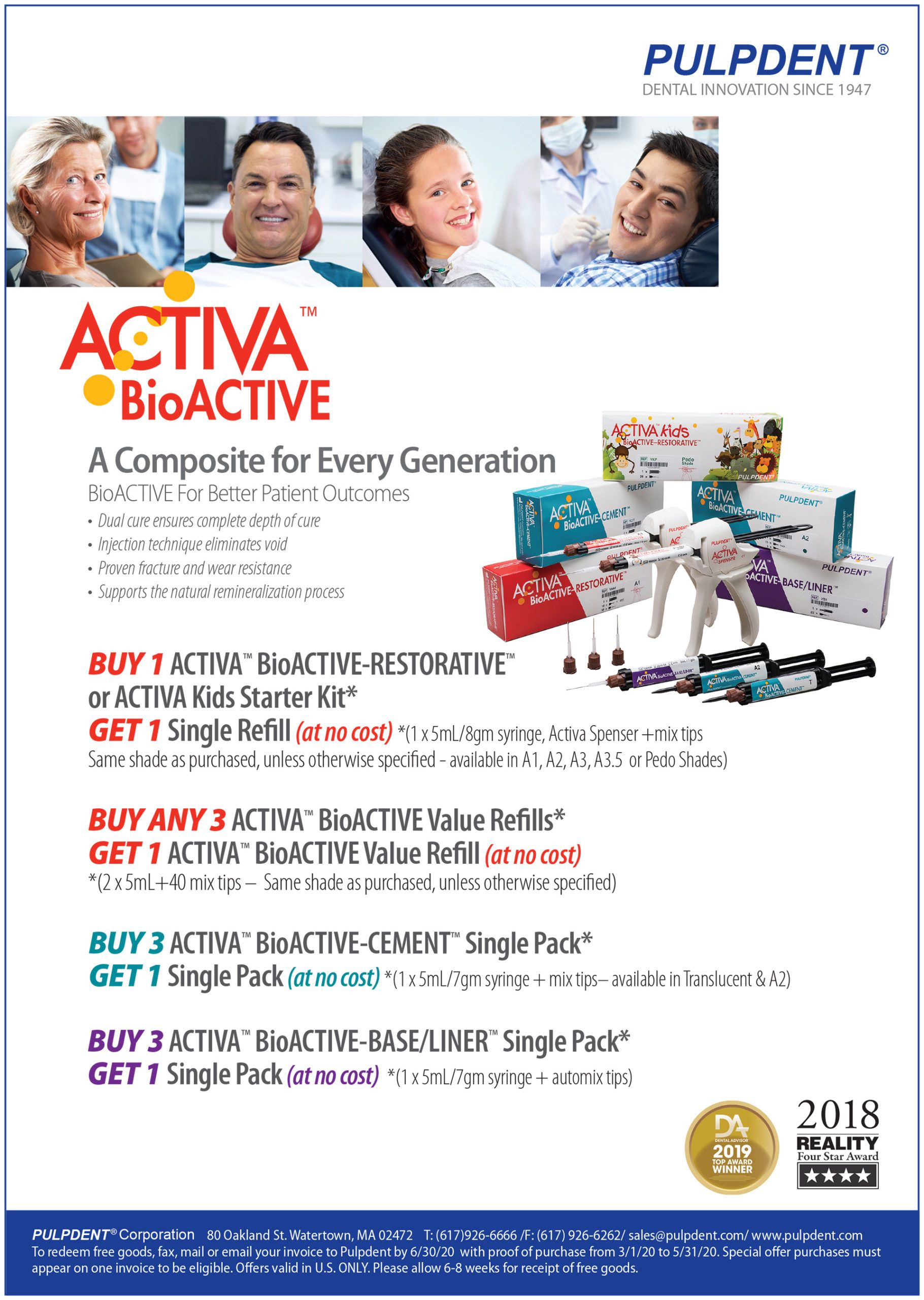Repairing a Failing Class II Restoration with Bioactive Materials
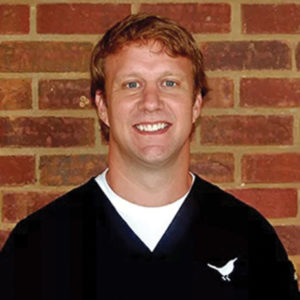
Dr. Wren practices pediatric dentistry in Brandon, Mississippi. He is the founder of Pediatric Dental Seminars, which serves to educate general dentists on topics related to pediatric dentistry through lecture based seminars and hands on workshops.
I run a pediatric practice and common cases include cracked composites with recurrent decay and washed out glass ionomers, some of which have to be replaced up to three times before a primary tooth exfoliated. Appointments for replacement restorations are time-consuming and expensive, not to mention inconvenient for my patients and their families.
Bioactive restorative materials, like ACTIVA™, have offered an alternative to brittle composites and soluble GIs. They also made clinical procedures more efficient. The material’s dual cure technology ensured depth of cure while the dynamic ion exchange helped achieve true marginal integrity. I began to use bioactive and biomimetic materials more extensively on fractured anterior teeth, class II restorations for primary and permanent teeth, and class V restorations. The restorations looked excellent at recall, with radiographs showing much less recurrent decay than traditional inert materials.
My office now stocks fewer restorative materials, saving my practice both time and money. I have replaced my traditional composites with ACTIVA™, which has simplified our operatory protocols significantly. Having one restorative material with one protocol reduces the possibility of error and the need for expensive re-treatment.
The following case is an example of the many ways I use ACTIVA™ BioACTIVE in my practice. The possibilities for bioactive and biomimetic restorative materials like ACTIVA™ BioACTIVE are endless, and I hope this case sparks your curiosity and creativity.
An 8-year-old patient came to my office with a failing occlusal lingual composite (Figure 1) in the upper right second primary molar (tooth #A). I recommended a full coverage restoration, but after reviewing several treatment options, the patient’s primary caregiver requested an esthetic, bonded direct restoration.
The recurrent decay was excavated from Tooth #A, leaving affected dentin over the pulp to avoid pulpal exposure (Figure 2). The tooth was asymptomatic at this point. After a total etch treatment with Gel Etchant (Kerr) and application of the VivaPen (Ivoclar) bonding agent, a 1-2 mm layer of ACTIVA™ BioACTIVE-RESTORATIVE™ was placed and cured for 5 seconds with the VALO curing light (Ultradent) (Figure 3). The remainder of the preparation was bulk filled with ACTIVA™ BioACTIVE-RESTORATIVE™ (Figure 4). After curing, the restoration was finished and polished.
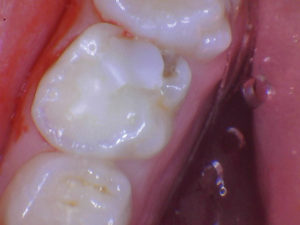
Figure 1: Failing occlusal lingual composite in the upper right second primary molar.
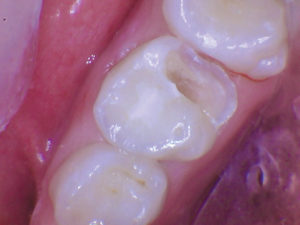
Figure 2: Recurrent decay was excavated from Tooth leaving affected dentin over the pulp.
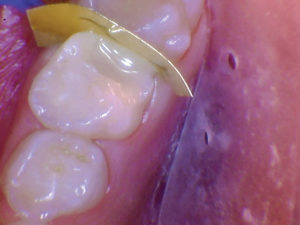
Figure 3: A 1-2 mm layer of ACTIVA BioACTIVE-RESTORATIVE was placed and cured for 5 seconds.
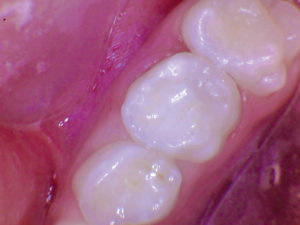
Figure4: The remainder of the preparation was bulk filled with ACTIVA BioACTIVERESTORATIVE.
